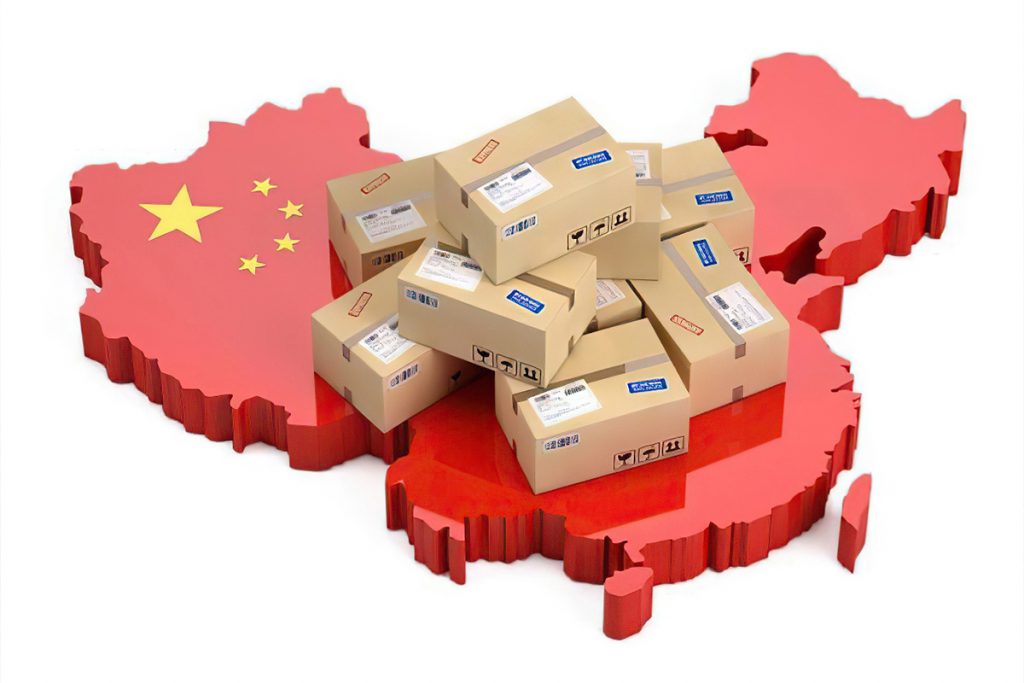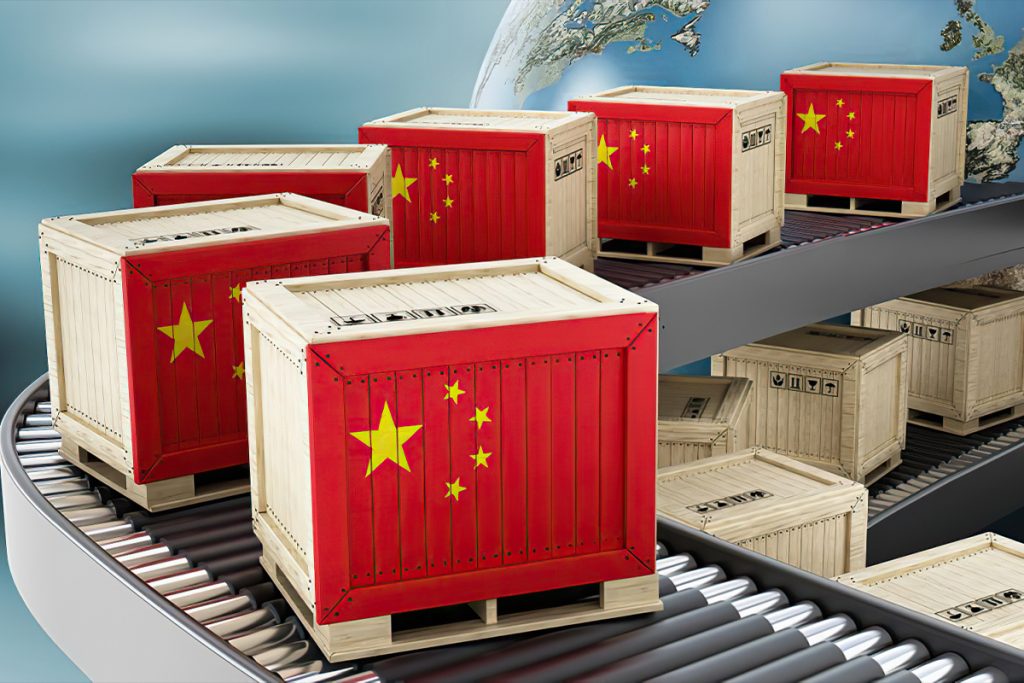What is China Cross-Border E-Commerce
One of the fastest growing sub-sectors of China e commerce market is China Cross-Border E-Commerce(hereafter CBEC) - purchasing overseas products through e-commerce platforms. CBEC has a special distinction, which allows international companies to sell products online to Chinese consumers at preferential tax rates through authorized platforms such as Alibaba's Tmall Global, Kaola, JD Global or WeChat Global, without having to obtain an operating License to do business in China.
At the 2022 China E commerce Conference, Qian Fangli, Director of the Department of E-Commerce released the “China E commerce Report (2021)”.
Qian Fangli shared several sets of data:
1-The national e-commerce transaction volume reached 42.3 trillion RMB, a year-on-year increase of 19.6%, of which the commodity transaction volume reached 31.3 trillion RMB, and the service transaction reached 11 trillion RMB;
2-The national online transaction volume reached 11 trillion RMB. The retail sales reached 13.09 trillion RMB, a year-on-year increase of 14.1%, of which the online retail sales of physical products were 10.8 trillion RMB, accounting for 24.5% of the total social sales.
3-The rural online retail sales reached 2.05 trillion RMB, a year-on-year increase of 11.3% %, the online retail sales of agricultural goods reached 422.1 billion RMB, a year-on-year increase of 2.8%;
4-The total import and export of cross-border e-commerce reached 1.92 trillion RMB, an increase of 18.6% year-on-year, accounting for 4.9% of the total import and export, of which exports were 1.39 trillion RMB. , imports were 0.53 trillion RMB;
5-The revenue of the e-commerce service industry reached 6.4 trillion RMB, an increase of 17.4% year-on-year; sixth, the number of e-commerce employees reached 67.278 million, an increase of 11.8% year-on-year.

Why is China CBEC(Cross-Border E-Commerce) Attractive to International Brands?
CBEC is an engaging channel for overseas entrepreneurs to sell to China because it allows them to access the world’s largest Chinese e-commerce market without the cost and commitment of establishing a formal business. This means overseas brands and retailers can reach trillions of Chinese consumers at a relatively low cost.
No Chinese legal entity, product registration or Chinese labels are required. In addition, overseas companies can also benefit from preferential policies such as fast customs clearance, reduced tax rates and clusters of e-commerce logistics services.
Therefore, CBEC can allow overseas brands and retailers to make considerable profits while testing the Chinese market.
How to Sell to China through CBEC?
Oversea goods can be imported on a pre-order basis and delivered directly to the Chinese consumers from overseas retailers. Payment will be received by overseas shoppers to their home country bank accounts and in local currency.
Check out China’s cross-border e-commerce policy.

Major CBEC Sales Channels in China
Tmall Global are the biggest domestic China CBEC platform, contributing over 26.7% of the market share in 2021, Kaola Haitao ranked second with 22.4%. Followed by JD com, Suning and Vipshop International.

Of course, companies don't have to be limited to a single platform. In fact, most companies go after a multi-channel strategy. In this case, companies should consider how different platforms fit into their overall e-commerce roadmap and go-to-market strategies.
CBEC Boom Amid Pandemic
The Tmall Global Team said that China’s excellent bonded warehouse network has been the main force driving the smooth operation of CBEC retail imports over the last few months. “Thanks to policy support given by the government in the past years, many cities in the mainland now have advanced bonded warehousing facilities where companies can store their goods before customs clearance.
When Covid-19 attacked and affected the flow of goods around the world, there was a lot of cargo in these bonded warehouses. These in-stock goods allow businesses to continue delivering products to consumers even during the lockdown. “When the situation recovered, many businesses quickly replenished their inventories in the bonded warehouses and resumed air shipments of small parcels to China.
This model enables CBEC retail imports to continue operating smoothly in the midst of COVID-19. “This has boosted consumer confidence in CBEC.” Even after COVID gradually receded and mainland economic activities restarted, consumers are still more willing to shop through CBEC platforms such as Tmall Global,” the team said. “This shows that with the suspension of outbound travel, Chinese e-commerce platforms such as Tmall Global have become the preferred channel for purchasing imported goods.”
SENCENT Offers Powerful Marketing Strategy for Chinese E-Commerce
CBEC is a new and advanced opportunity window for Chinese market entry for overseas businesses. The potential for brand manufacturers and retailers is colossal. But entering the Chinese market also has some challenges, e.g. constantly changing framework conditions such as regulations of import, the rapid development of the deeply digital environment, complex and ambiguous information from different sources, fierce competition despite the extensive potential, cultural differences and communication barriers… Despite China’s vast size and growth prospects, misunderstandings over how CBEC in China works frequently end in costly disappointments and withdrawals from the market.
SENCENT sincerely hopes to help your business to enter the dynamic and vast Chinese e-commerce market with useful strategies. Our company has a professional team with enough experience and practical success cases to answer all kinds of questions you encounter while exporting to China. For any questions about CBEC in China, please feel free to contact us at [email protected].


